Scooters are generally considered safer than motorcycles due to their lower speeds and easier handling. However, safety ultimately depends on the rider’s behavior and environmental factors.
Exploring the realm of two-wheeled transportation reveals stark contrasts between the ease of scooters and the power of motorcycles. Scooters, often lauded for their user-friendly design, serve as a popular choice for urban commuters seeking a balance of efficiency and safety.
They typically boast automatic transmissions, less intimidating speed capabilities, and a more upright seating position – all factors contributing to their reputation for increased safety. Motorcycles, on the other hand, demand more skill with their manual transmissions and offer a rush of power that can prove challenging for novice riders. As we delve into the safety dynamics of these vehicles, it’s clear that while scooters may present fewer risks, prudent riding practices and proper gear are paramount regardless of your ride of choice.
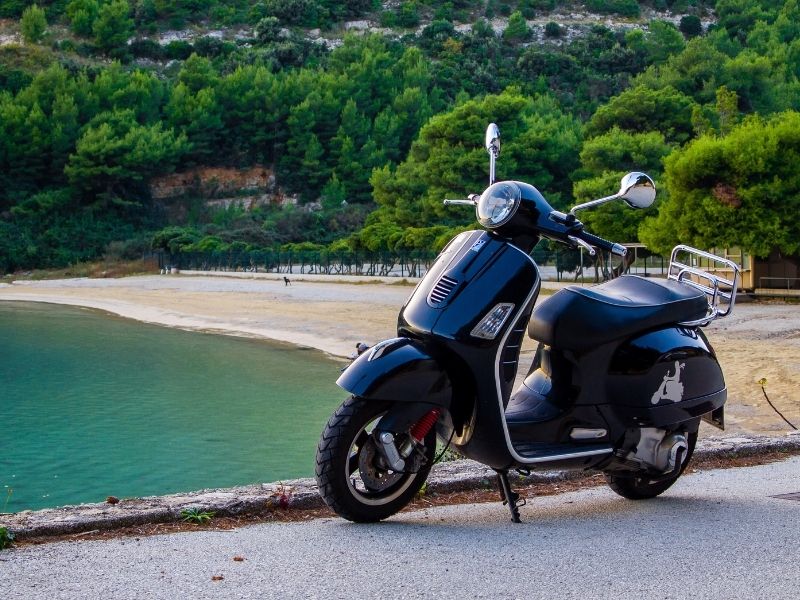
Credit: recoverylawcenterhawaii.com
Table of Contents
The Rising Popularity Of Scooters Vs. Motorcycles
Scooters and motorcycles zip through streets worldwide. Yet, a surprising trend emerges: scooters gain ground over motorcycles. We delve into why more riders choose scooters and what keeps motorcycle loyalists revving their engines.
Factors Driving Scooter Adoption
Several points tip the balance towards scooters. They include:
- Ease of Use: Scooters, with their automatic transmissions, offer a no-fuss ride.
- Fuel Efficiency: Scooters pack a punch when it comes to mileage, making them cost-effective.
- Parking Convenience: Their compact size means pulling into tight spots with ease.
- Lower Costs: Initial purchase and maintenance carry a smaller price tag.
- Urban Friendly: Scooters are champions in the urban commuting game. They weave through traffic and are ideal for short trips.
Motorcycle Culture And Enthusiasts
Motorcycle enthusiasts paint a different picture.
| Motorcycle Trait | Appeal to Enthusiasts |
|---|---|
| Power | The thrill of raw horsepower remains unmatched. |
| Customization | In-depth personalization caters to individual style and function. |
| Culture and Community | Strong, global communities bond over shared passion. |
| Long-Distance Riding | Motorcycles outshine scooters in comfort and stability on long journeys. |
In essence, the choice boils down to practicality versus passion. For many, it’s not just about getting from A to B—it’s the ride experience that counts. Motorcycle riders revel in the strong sense of identity and freedom bikes offer.
Anatomy Of A Scooter And Motorcycle
Welcome to our deep dive into the anatomy of scooters and motorcycles. Choosing between these two modes of transportation often boils down to safety concerns. To understand their safety levels, we must first examine their design and handling characteristics.
Design And Structure
When looking at scooters and motorcycles, we see distinct design philosophies. Scooters are known for their step-through chassis, which allows easy mounting and dismounting. They often feature a platform for the rider’s feet. They are generally lighter and have smaller engines compared to motorcycles.
- Bodywork: Scooters come with a fair amount of bodywork that offers some protection against the wind and rain.
- Storage Space: Most have space under the seat to store a helmet or other items.
- Engine Size: Ranges from 50cc to 250cc, though some models go higher.
In contrast, motorcycles boast a straddle seat and a larger engine, offering greater power and speed. They have minimal bodywork exposing much of the engine and components.
| Feature | Scooter | Motorcycle |
|---|---|---|
| Chassis | Step-through | Straddle |
| Engine Power | Lower | Higher |
| Bodywork | More | Less |
Handling And Stability Characteristics
Scooters are known for their stability and ease of handling, especially at lower speeds and in city traffic. Their smaller wheels, however, can make them slightly less stable at higher speeds. Also, they have an automatic transmission, making them user-friendly, particularly for beginners.
- Lower Speeds: Better maneuverability in tight spaces.
- Automatic Transmission: No need to shift gears manually.
- Lightweight: Easier to balance and control for most riders.
Motorcycles, with their larger wheels and heavier frames, provide greater stability when traveling at high speeds. They require more skill to handle, given their manual transmission and more complex controls.
- High Speeds: More stable thanks to larger wheels.
- Manual Transmission: Offers experienced riders more control over the bike’s performance.
- Weight: Heavier, which can offer a smoother ride on uneven surfaces.
Understanding the anatomy of scooters and motorcycles shines a light on their respective safety aspects. Each offers a different experience and caters to varying rider preferences.
Safety In The Statistics: Scooters Vs. Motorcycles
Scooters and motorcycles often share the road, but not the same safety statistics. Riders choose their rides for various reasons, including style and fuel efficiency. Yet, questions about safety can affect that choice. We dive into the numbers to see which is statistically safer.
Accident Data And Analysis
Evidence suggests differences in accident data for scooters and motorcycles.
- Scooters typically travel at lower speeds, leading to fewer high-impact crashes.
- Motorcycles may offer more power, but come with a higher risk of serious accidents.
A closer look at the data can reveal patterns in how these two-wheeled vehicles stack up regarding safety.
| Vehicle Type | Accidents | Minor Injuries | Major Injuries |
|---|---|---|---|
| Scooters | Lower | Higher | Lower |
| Motorcycles | Higher | Lower | Higher |
Fatality Rates Compared
When it comes to fatalities, motorcycles often report higher rates than scooters. This is part of a broader trend observed in various studies.
- The size and speed of motorcycles contribute to more lethal outcomes.
- Scooter accidents tend to result in less severe injuries, due to their design and average operating speeds.
Potential dangers exist for all two-wheeled transport, but motorcycles show a steeper risk curve in fatalities.

Credit: m.youtube.com
Risk Factors On Two Wheels
Understanding the risk factors on two wheels can save lives. Whether scooters or motorcycles, the road poses challenges. Knowing what impacts safety is crucial for any rider. Let’s explore these factors under the following headings.
Rider Skill Level And Training
Every rider’s ability impacts their safety. Skilled riders navigate roads better. New riders face greater risks. Proper training is a must.
- Basic training teaches road rules. It can reduce accidents.
- Advanced courses sharpen riding skills. They cover quick maneuvers.
- Continuous practice builds rider confidence.
Choosing the right training helps. It’s essential for avoiding crashes. Without it, the scooter or bike becomes more dangerous.
Environmental Hazards
The environment poses various threats to riders. Poor weather affects stability. Road conditions can cause slips. Riders must watch out for:
| Environmental Factor | Impact on Ride | Response Strategy |
|---|---|---|
| Rain | Reduces traction | Slow down, use lights |
| Potholes | Causes jolts, potential falls | Maintain distance, focus ahead |
| Oil spills | Increases skid risk | Avoid sharp turns, brake gently |
Being aware of environmental risks is key. Recognizing that both scooters and motorcycles share these dangers helps prepare riders for a safer journey.
Protective Measures For Riders
While scooters often seem safer than motorcycles due to their lower speeds and easier handling, riders must still take protective measures seriously. Knowing the essential safety gear to wear and staying informed about the latest advancements in protective technology are vital precautions that can make a real difference in rider safety.
Essential Safety Gear
Safety should always be a rider’s first priority. Regardless of your ride, the right gear is critical for protection. Here’s what every rider needs:
- Helmet: Choose a full-face helmet for maximum protection.
- Jacket: A reinforced jacket shields against abrasions.
- Gloves: They protect hands and improve grip.
- Pants: Heavy-duty pants defend legs from injuries.
- Boots: Sturdy boots support and protect feet and ankles.
Advancements In Protective Technology
The evolution of protective gear has been impressive. Innovative materials and design advancements mean better safety for scooter riders. Here’s a look at some of the latest tech:
- Smart Helmets: Built-in cameras and heads-up displays enhance awareness.
- Airbag Jackets: These inflate upon impact to cushion the rider.
- D30 Armor: Flexible during the ride, it solidifies on impact for protection.
- LED Wearables: Increased visibility helps avoid potential hazards.
Legal And Road Safety Regulations
Understanding the Legal and Road Safety Regulations for scooters and motorcycles is crucial. Scooters often seem safer. But laws shape on-road reality. Let’s explore the legal side of riding these vehicles.
Licensing Requirements
Getting on the road means obtaining the right license. For scooters, regulations can be milder.
- Scooter riders often need just a basic car license.
- Motorcycle riders always require a specific motorcycle license.
This might suggest scooters are easier to start with, promoting safer riding practices from day one.
Traffic Laws And Enforcement
Riders must understand traffic laws to stay safe. Enforcement ensures these laws guide behavior.
Road rules apply to both scooters and motorcycles.
| Vehicle | Helmet Laws | Speed Limits |
|---|---|---|
| Scooters | Often mandatory | Lower due to engine size |
| Motorcycles | Always mandatory | Higher, varies by bike |
Enforcement might seem stricter for motorcycles, potentially leading to a perception of higher safety for scooters.
The Role Of Speed In Accidents
The Role of Speed in Accidents plays a critical part in road safety. Faster speeds mean less time to react. This can lead to more severe injuries or even fatalities. Let’s dive into how speed impacts the safety of riding scooters versus motorcycles.
Impact Of Top Speeds On Safety
Scooters and motorcycles differ greatly in their top speeds. Scooters usually have lower top speeds. This means they are less likely to be involved in high-speed accidents. Motorcycles can go much faster. This increases the chance of serious accidents. Studies show that the risk of injury or death increases with speed.
| Vehicle Type | Top Speed | Risk Level |
|---|---|---|
| Scooters | Up to 60 mph | Lower |
| Motorcycles | Over 100 mph | Higher |
Urban Vs. Rural Riding Risks
Riding in the city versus the countryside presents different risks. In urban areas, scooters can be safer. Their low speed suits busy roads better. Riders have time to avoid crashes. Rural areas have less traffic. Motorcycles can use their higher speeds more safely here. Yet, high speeds on rural roads can still be risky.
- Urban Risks: More cars, pedestrians, and stoplights
- Rural Risks: Higher speed limits, curves, and fewer streetlights
Choose the right vehicle for the right environment. It could save your life.

Credit: bikepics.com
Personal Stories And Case Studies
Many riders debate on whether scooters or motorcycles are safer. Real life stories often paint the clearest picture. We will look at personal case studies. These tales shed light on the reality of two-wheeled transport.
Survivor Accounts And Lessons Learned
Each crash teaches a valuable lesson. Real stories from survivors can offer insights that statistics may not capture. Let’s look at some of these stories.
- John’s Near Miss: John was on his scooter in traffic. A car didn’t see him and nearly collided. His scooter’s slow speed let him stop in time.
- Lisa’s Highway Fall: Lisa lost control of her motorcycle at high speed. Her protective gear saved her. But she would have likely been better off at a scooter’s pace.
- Alex’s Sharp Turn: Alex took a corner too quickly on his motorcycle. A scooter’s reduced power might have prevented the accident.
Common threads come up in these stories: lower speeds, increased maneuverability, and visibility issues are key factors to consider.
| Story | Lesson |
|---|---|
| John’s Near Miss | Slower speeds can give more response time. |
| Lisa’s Highway Fall | Protective gear is vital at all speeds. |
| Alex’s Sharp Turn | Power isn’t always an advantage. |
Long-term Impact Of Accidents On Riders
Accidents change lives. They leave marks on both the body and mind. How do scooter and motorcycle accidents differ in their long-term effects?
- Physical Impact: The slower speeds of scooters often result in less severe injuries.
- Emotional Effects: The trauma of motorcycle crashes can have deep psychological impacts.
- Recovery and Adaptation: Many riders have to change their riding habits post-recovery. Scooter riders often go back to riding sooner.
Every rider’s story is unique. These accounts give us a rich understanding of the risks involved. We learn valuable lessons on safety, impact, and healing.
Choosing Your Ride: Safety As The Deciding Factor
Safety tops the chart when it comes to choosing between scooters and motorcycles. Riders often ask, “Are scooters safer than motorcycles?” This section dives deep into safety considerations influencing your choice. We compare scooters and motorcycles, especially for commuting in urban scenarios. We aim to provide clarity for future rides.
Considerations For New Riders
- Size and Weight: Scooters are generally lighter, making them easier to handle for new riders.
- Power: Motorcycles offer more power which could be overwhelming for a novice.
- Balance: Scooters often offer a lower center of gravity, aiding balance.
- Learning Curve: Scooters have automatic transmissions, simplifying the learning process.
Comparing Scooter And Motorcycle For Commuting
| Scooters | Motorcycles | |
|---|---|---|
| Maneuverability | Easier in urban traffic | Requires skill in tight spaces |
| Storage | Built-in under-seat compartments | Often needs additional gear |
| Fuel Efficiency | More economical | Varies with model and engine size |
| Speed | Ideal for city speeds | Better for high-speed roads |
| Safety Features | ABS brakes less common | More likely to have ABS and traction control |
Selecting a scooter or motorcycle for daily commutes involves personal preferences and safety features. Lighter, automatic scooters may provide a safer start for beginners. Motorcycles require skilled handling but come with advanced safety options.
Future Of Urban Transportation
The Future of Urban Transportation looks quite thrilling with tech advancements paving the way. As cities become more congested, the necessity for smarter and safer means of transport becomes essential. Scooters and motorcycles are evolving, promising to transform urban mobility. Let’s dive into the innovations and safety predictions that might soon set the standards in city travel.
Innovation In Two-wheeled Transport
Two-wheeled transportation is witnessing a renaissance with fresh tech hitting roads every day. Electric scooters and motorcycles are standing out. These rides are not just eco-friendly, but also packed with cutting-edge features.
- GPS-enabled tracking systems
- Advanced anti-theft mechanisms
- Smart connectivity for seamless navigation
Manufacturers are now integrating AI to predict maintenance needs. This makes riding less worrying and more enjoyable. Picture a scooter that tells you it’s time for a check-up before it breaks down!
Predictions For Scooter And Motorcycle Safety
In the sphere of safety, recruiters of technology forecast notable enhancements.
- Auto-braking systems will minimize collisions.
- Collaborative tech will allow vehicles to communicate, reducing accidents.
- Protective gear with built-in airbags could become the norm.
Soon, scooters might boast features like lane-keeping and adaptable cruise control, similar to modern cars. With these advancements, two-wheelers could become the safest option on crowded city streets.
| Feature | Scooter | Motorcycle |
|---|---|---|
| Safety Add-ons | New models likely | Standard in future |
| Environmental Impact | Lower carbon footprint | Improvements predicted |
As breakthroughs in technology continue, the distinction between scooter and motorcycle safety will blur. The safe and sensible choice for urban transportation is just around the corner. Let’s keep an eye on these exciting developments!
Frequently Asked Questions
Is A Scooter Safer Than A Motorcycle?
Scooters generally offer a perception of being safer due to their lower speeds and lighter weight compared to motorcycles. However, both require proper safety gear and cautious riding as risks exist with any two-wheeled vehicle.
Is A Scooter Safer Than A Bike?
The safety of scooters vs. bikes depends on various factors, including rider skill, environment, and traffic conditions. Neither is inherently safer; proper safety gear and adherence to traffic rules are crucial for both modes of transport.
Why Choose A Scooter Over A Motorcycle?
Scooters offer more storage, easier handling, and superior fuel efficiency. They’re typically less expensive and boast automatic transmissions, favoring beginner riders. Ideal for urban commuting, scooters navigate traffic and parking with ease.
Which Is More Stable Motorcycle Or Scooter?
Motorcycles generally offer more stability at high speeds due to their larger wheels and broader wheelbase compared to scooters.
Bottom Line
Safety on the road is paramount, whether you’re on a scooter or motorcycle. While scooters present a lower speed risk, their visibility is also reduced. Motorcycles offer greater power, which comes with its own set of dangers. Ultimately, personal riding style and adherence to safety measures dictate the risk level.
Choose wisely, ride responsibly.
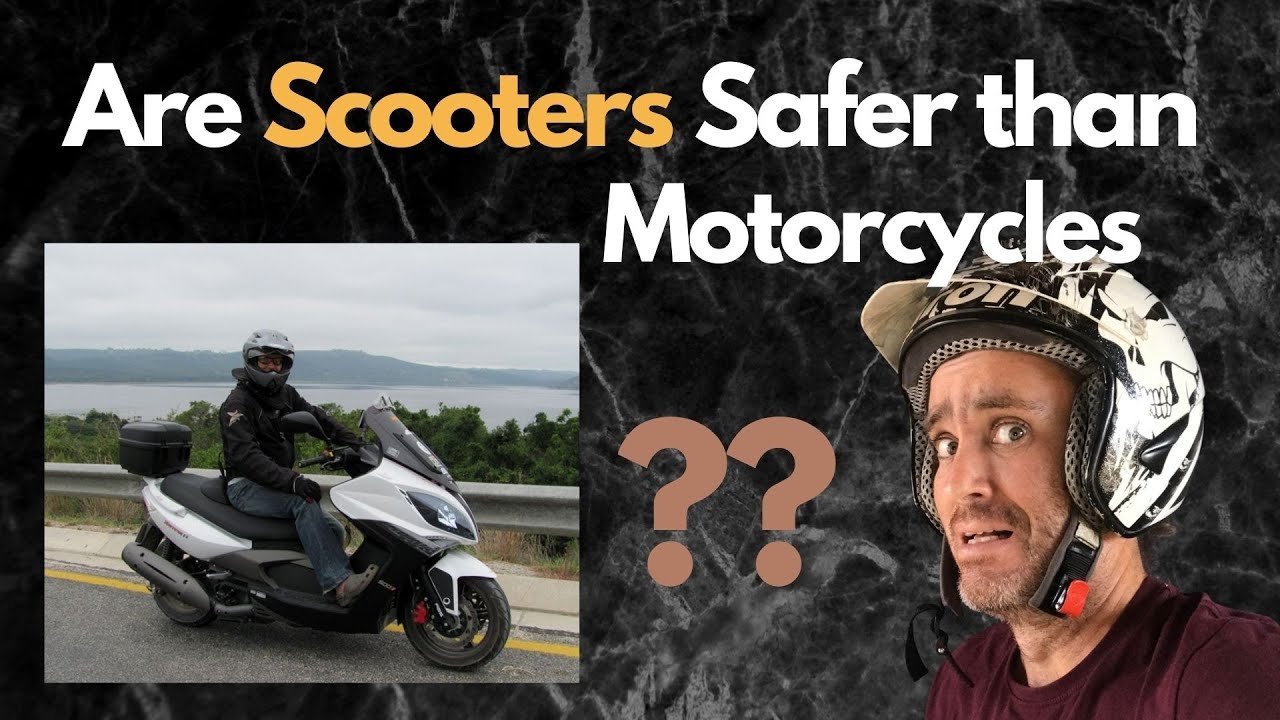
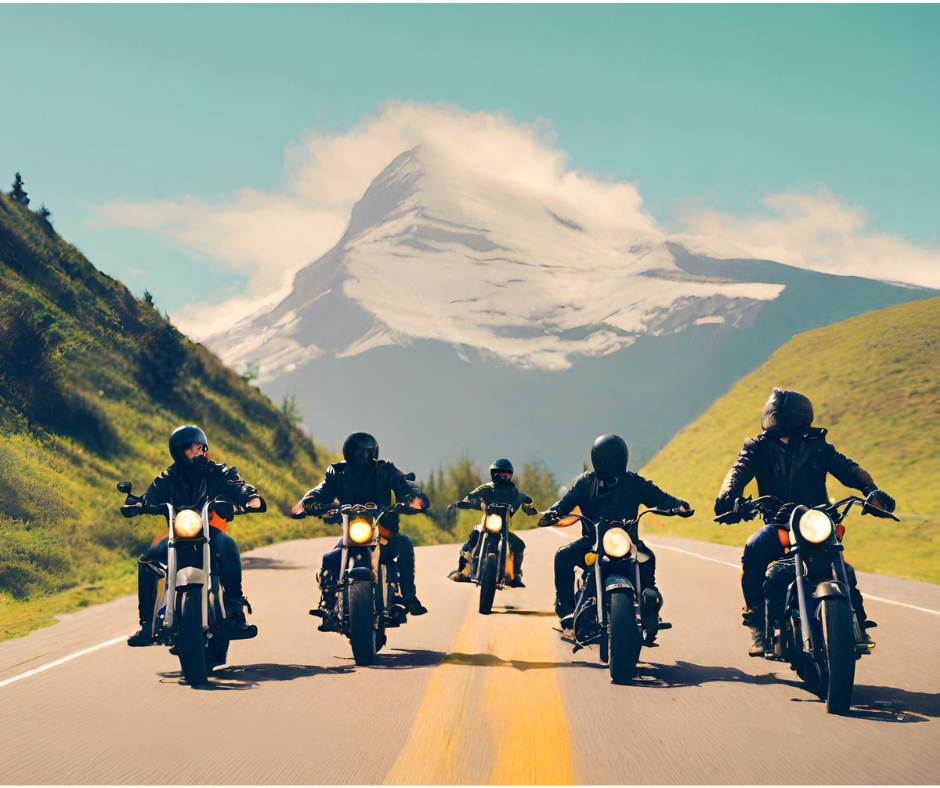
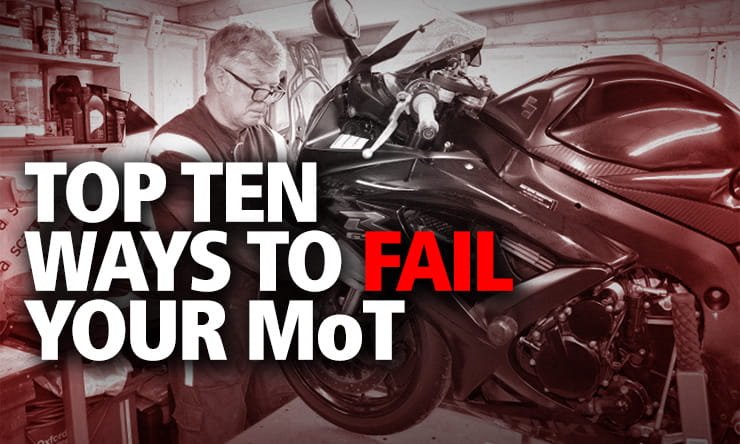
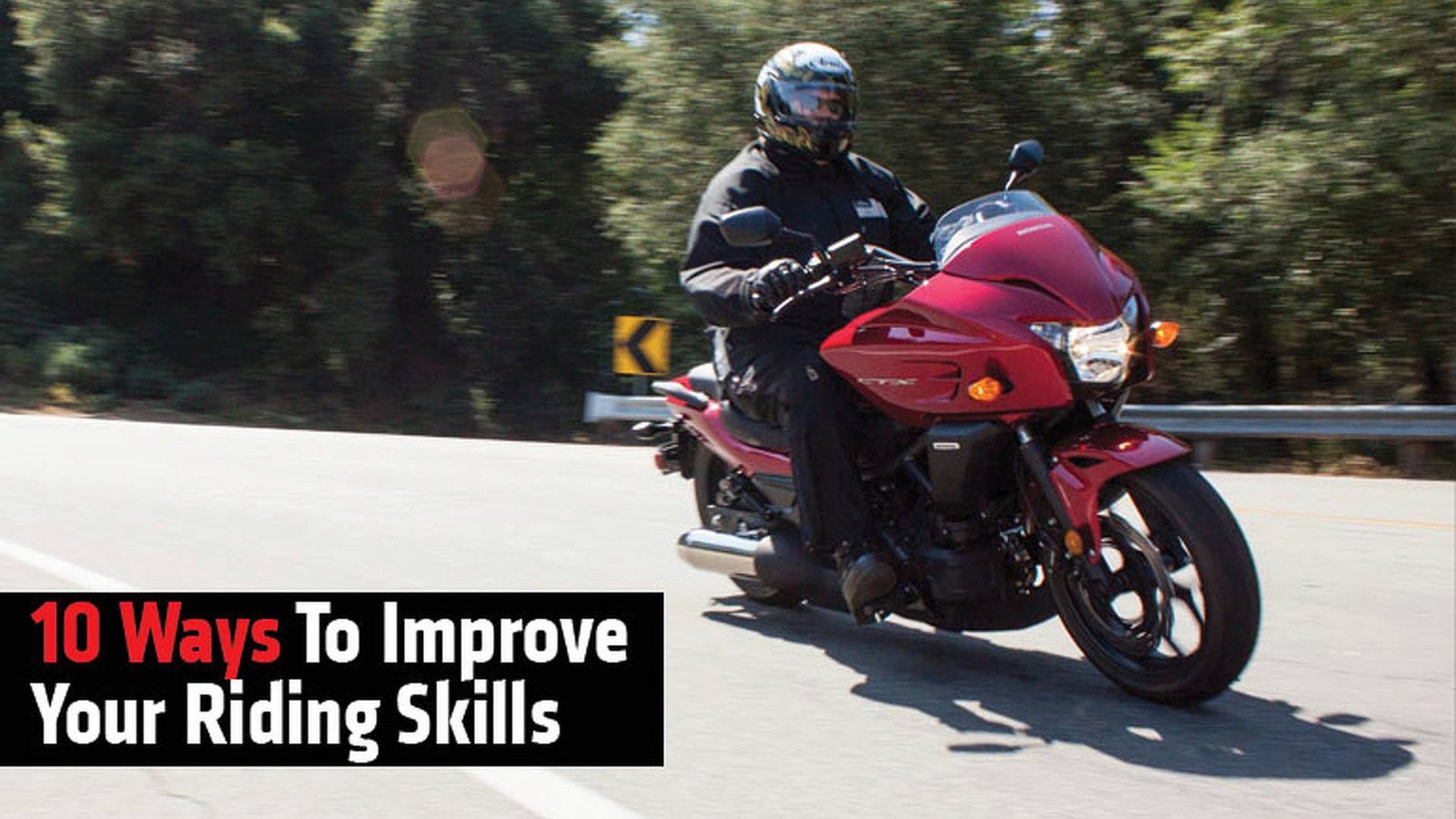
Leave a Reply